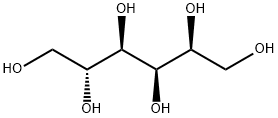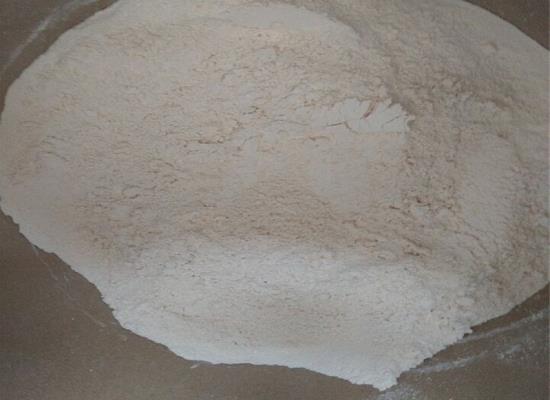The application of sorbitol
Description
Sorbitol is a sugar alcohol with a sweet taste that the human body metabolizes slowly. Although it is slowly absorbed, it can be absorbed by the body and its calorie is 2.6 kilocalories (11 kilojoules) per gram. It can be obtained by the reduction of glucose, which changes the converted aldehyde group (−CHO) to a primary alcohol group (−CH2OH). Sorbitol is a type of sugar alcohol (or polyol) found naturally in many different fruits (like apples, berries, peaches, and plums). It can be produced from corn syrup and is typically used as a sweetener in food products, drinks, and medication.
Food additive
Solid sorbitol is a useful sweetener in the pharmaceutical and food industries with its hygroscopicity. This substance always be additive in sugar-free jams, chocolates, chewing gum, desserts, and so on[1]. Sorbitol is about 60% as sweet as sucrose (table sugar). It is a sugar substitute, and when used in food it has the INS number and E number 420. Most bacteria cannot use sorbitol for energy, but it can be slowly fermented in the mouth by Streptococcus mutans, a bacterium that causes tooth decay. Due to its lower calorie, sorbitol is commercially produced to help reduce calories from sugars in baked goods, chocolates, frozen desserts, hard candies, sugar-free chewing gum, and snack bars.

Clinical application
It is well known that sorbitol generated by glucose reduction is also known as a biomarker for the evaluation of the progress of diabetic complications. In the pathway, glucose is reduced by aldose reductase to produce sorbitol with the consumption of the coenzyme nicotinamide adenine dinucleotide phosphate (NADPH). Accumulation of the generated sorbitol in peripheral nerve cells increases the intracellular osmotic pressure, resulting in delayed neurotransmission and cell edema, leading to diabetic neuropathy. In addition, activation of the polyol pathway reduces the NADPH concentration resulting in the increase of oxidative stress by lowering the generation of the antioxidant glutathione and inducing diabetic complications. Hence, clinical laboratories frequently measured sorbitol in diabetic patients through a microplate reader, high-performance liquid chromatography (HPLC), Gas Chromatography-Mass spectrometry (GC/MS), and Point-of-care testing (POCT)[2]. POCT of not only sorbitol levels but also glucose levels can identify the diabetic state, prevent chronic diabetic complications, and realize personalized treatment by evaluation of prescription medication.
Sorbitol could treat occasional constipation. It works by increasing the amount of water your intestine absorbs. This softens the stool, making it easier to have a bowel movement.
Note
FDA studies have found no toxicity and determined the normal level of consumption of sorbitol to be 25 g daily in two doses. But excess caution appears gastrointestinal symptoms (gas, urgency, bloating, abdominal cramps).
References
[1] Dierks T, et al. Comparison of Intermolecular Forces in Anhydrous Sorbitol and Solvent Cocrystals. The Journal of Physical Chemistry A, 2017; 121: 5720–5727.
[2] Gessei T, et al. Blood sorbitol measurement in diabetic rats treated with an aldose reductase inhibitor using an improved fiber-optic sorbitol biosensor. Talanta, 2022; 248: 123595.
);You may like
Related articles And Qustion
See also
Lastest Price from Sorbitol manufacturers

US $6.00/KG2024-05-01
- CAS:
- 50-70-4
- Min. Order:
- 1KG
- Purity:
- More than 99%
- Supply Ability:
- 2000KG/Month

US $10.00/kg2024-04-28
- CAS:
- 50-70-4
- Min. Order:
- 1kg
- Purity:
- 99.7%
- Supply Ability:
- 200000kg


